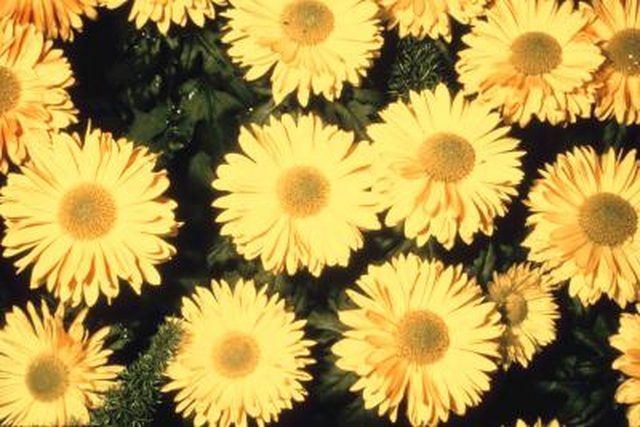Bulbs
Flower Basics
Flower Beds & Specialty Gardens
Flower Garden
Garden Furniture
Garden Gnomes
Garden Seeds
Garden Sheds
Garden Statues
Garden Tools & Supplies
Gardening Basics
Green & Organic
Groundcovers & Vines
Growing Annuals
Growing Basil
Growing Beans
Growing Berries
Growing Blueberries
Growing Cactus
Growing Corn
Growing Cotton
Growing Edibles
Growing Flowers
Growing Garlic
Growing Grapes
Growing Grass
Growing Herbs
Growing Jasmine
Growing Mint
Growing Mushrooms
Orchids
Growing Peanuts
Growing Perennials
Growing Plants
Growing Rosemary
Growing Roses
Growing Strawberries
Growing Sunflowers
Growing Thyme
Growing Tomatoes
Growing Tulips
Growing Vegetables
Herb Basics
Herb Garden
Indoor Growing
Landscaping Basics
Landscaping Patios
Landscaping Plants
Landscaping Shrubs
Landscaping Trees
Landscaping Walks & Pathways
Lawn Basics
Lawn Maintenance
Lawn Mowers
Lawn Ornaments
Lawn Planting
Lawn Tools
Outdoor Growing
Overall Landscape Planning
Pests, Weeds & Problems
Plant Basics
Rock Garden
Rose Garden
Shrubs
Soil
Specialty Gardens
Trees
Vegetable Garden
Yard Maintenance
Are Daisy Mums Perennials?
Are Daisy Mums Perennials?. Daisy chrysanthemums or "mums" are perennial plants, hardy in USDA Zones 5 through 9. These fall-blooming hybrids are characterized as "daisy" types because they have the same configuration as a common daisy -- 1 or more rows of petals emanating from a yellow, disk-like center.

Daisy chrysanthemums or "mums" are perennial plants, hardy in USDA Zones 5 through 9. These fall-blooming hybrids are characterized as "daisy" types because they have the same configuration as a common daisy -- 1 or more rows of petals emanating from a yellow, disk-like center.
Features
Daisy mums can be planted in spring and will bloom the same year. The plants generally reach a height of between 18 and 36 inches, depending on the variety, and bloom in shades of white, yellow, red, pink, purple and amber.
Winter Survival
Plant mums in a sunny spot with well-drained soil, early enough in the fall to provide roots a chance to become established. A winter mulch applied in November or December will insulate the plants. Remove the mulch in early spring before the last frost date for your area.
Considerations
In the fall, grocery stores, mass merchandisers and other retailers offer "hardy" mums, including daisy types, for floral display. Some of these plants will survive freezing temperatures, especially if they are planted in early September. For optimal survival, chose varieties offered by reputable nurseries or catalog vendors.